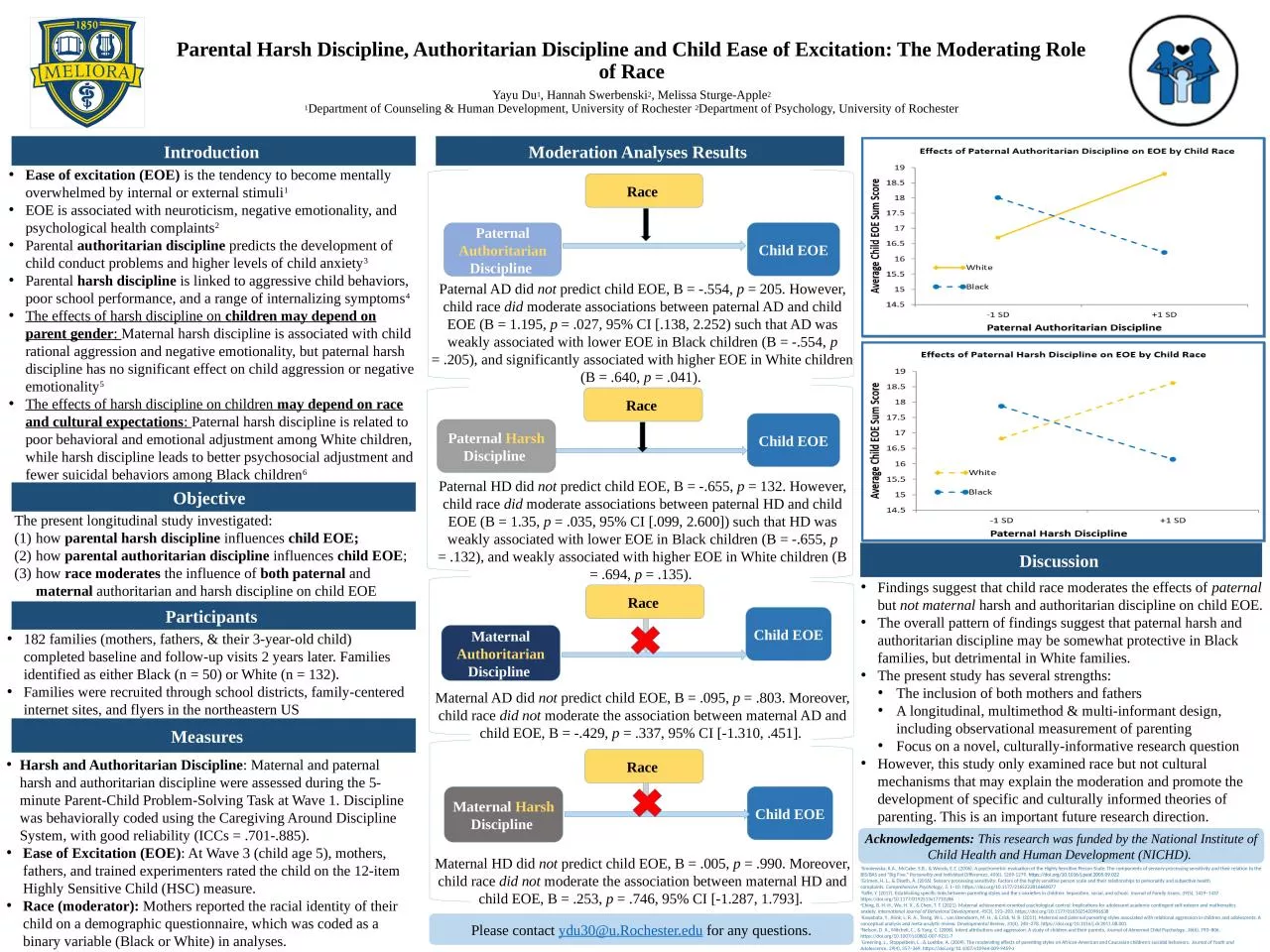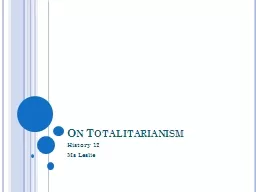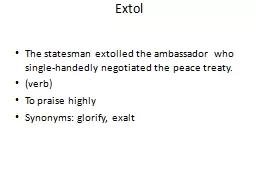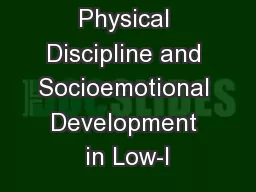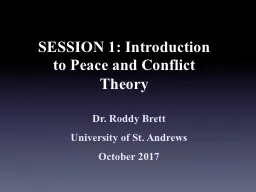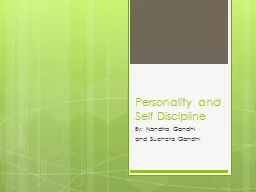PPT-Harsh and Authoritarian Discipline
Author : adah | Published Date : 2024-01-29
Maternal and paternal harsh and authoritarian discipline were assessed during the 5minute ParentChild ProblemSolving Task at Wave 1 Discipline was behaviorally
Presentation Embed Code
Download Presentation
Download Presentation The PPT/PDF document "Harsh and Authoritarian Discipline" is the property of its rightful owner. Permission is granted to download and print the materials on this website for personal, non-commercial use only, and to display it on your personal computer provided you do not modify the materials and that you retain all copyright notices contained in the materials. By downloading content from our website, you accept the terms of this agreement.
Harsh and Authoritarian Discipline: Transcript
Download Rules Of Document
"Harsh and Authoritarian Discipline"The content belongs to its owner. You may download and print it for personal use, without modification, and keep all copyright notices. By downloading, you agree to these terms.
Related Documents

